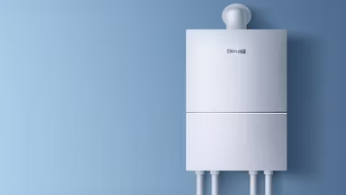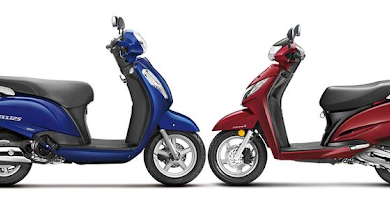Safety first, always – the critical role of edge protection barriers
Construction sites, industrial facilities, and even residential projects are filled with potential hazards. Among these, working at height remains one of the most dangerous activities. Falls from height are a leading cause of workplace injuries and fatalities worldwide, making protective measures non-negotiable. This is where edge protection barriers play a crucial role. Designed to prevent accidents, they not only keep workers safe but also enhance productivity and ensure compliance with safety regulations.
What Are Edge Protection Barriers?
Edge protection barriers are physical systems installed at exposed edges, rooftops, scaffolds, or elevated platforms. Their purpose is simple but vital: to prevent people, tools, and materials from falling. These barriers typically consist of rails, posts, and boards or mesh, and they are engineered to withstand significant force.
Available in temporary and permanent formats, edge protection barriers are adaptable for various industries, including construction, warehousing, and maintenance. Their design allows for quick installation while providing robust protection in high-risk environments.
Why Is Edge Protection Essential?
The importance of edge protection barriers cannot be overstated. Their benefits include:
- Accident Prevention: By creating a secure barrier, they reduce the risk of falls.
- Legal Compliance: Many safety authorities require edge protection for work at height.
- Worker Confidence: Employees feel safer, leading to better morale and efficiency.
- Cost Savings: Preventing accidents reduces compensation claims and project delays.
Employers who prioritise edge protection demonstrate a strong commitment to workplace safety.
Types of Edge Protection Systems
Different projects demand different solutions. Common types of edge protection barriers include:
- Guardrail Systems: Rails fixed along edges of platforms, scaffolding, or roofs.
- Temporary Barriers: Portable systems ideal for short-term construction or repair work.
- Mesh Panels: Provide both fall protection and prevent objects from falling.
- Toe Boards: Installed at the base of barriers to stop tools or debris from slipping off.
Selecting the right system depends on the nature of the project, duration, and level of exposure to risks.
Key Features of Effective Barriers
Not all barriers are created equal. The best edge protection systems share certain qualities:
- Strength and Durability: Built from steel, aluminium, or high-grade composites.
- Ease of Installation: Designed for quick assembly and dismantling.
- Compliance with Standards: Must meet local and international safety regulations.
- Versatility: Adaptable for different site conditions and surfaces.
- Maintenance-Friendly: Resistant to weather and wear for long-lasting use.
Investing in high-quality barriers ensures that safety is never compromised.
Applications Across Industries
While construction is the most common setting, edge protection barriers are valuable across many industries:
- Residential Projects: Protect homeowners and contractors during roofing or balcony installations.
- Industrial Facilities: Ensure safety around elevated machinery or platforms.
- Warehousing: Provide fall prevention in storage areas with elevated walkways.
- Infrastructure Projects: Essential for bridges, tunnels, and roadworks.
- Events and Public Spaces: Temporary barriers protect workers and visitors at large gatherings.
Their wide application shows just how essential these barriers are in ensuring safety across different environments.
Best Practices for Implementation
To maximise the effectiveness of edge protection barriers, organisations should follow best practices:
- Conduct a risk assessment before installation.
- Train workers on proper use and inspection.
- Use only certified and tested barrier systems.
- Inspect barriers regularly for damage or wear.
By following these steps, companies ensure comprehensive protection for workers and visitors.
The Link Between Safety and Productivity
There’s a strong connection between safety and efficiency. When workers feel secure, they can focus fully on their tasks rather than worrying about potential hazards. This results in:
- Higher productivity rates.
- Fewer project delays due to accidents.
- Stronger employee morale and retention.
Safety is not an expense – it’s an investment that pays back through smoother operations and reduced risk.
Final Thoughts
Edge protection barriers are far more than physical structures; they are symbols of a company’s commitment to safety. By preventing accidents, complying with regulations, and boosting worker confidence, they play an indispensable role in modern worksites.



